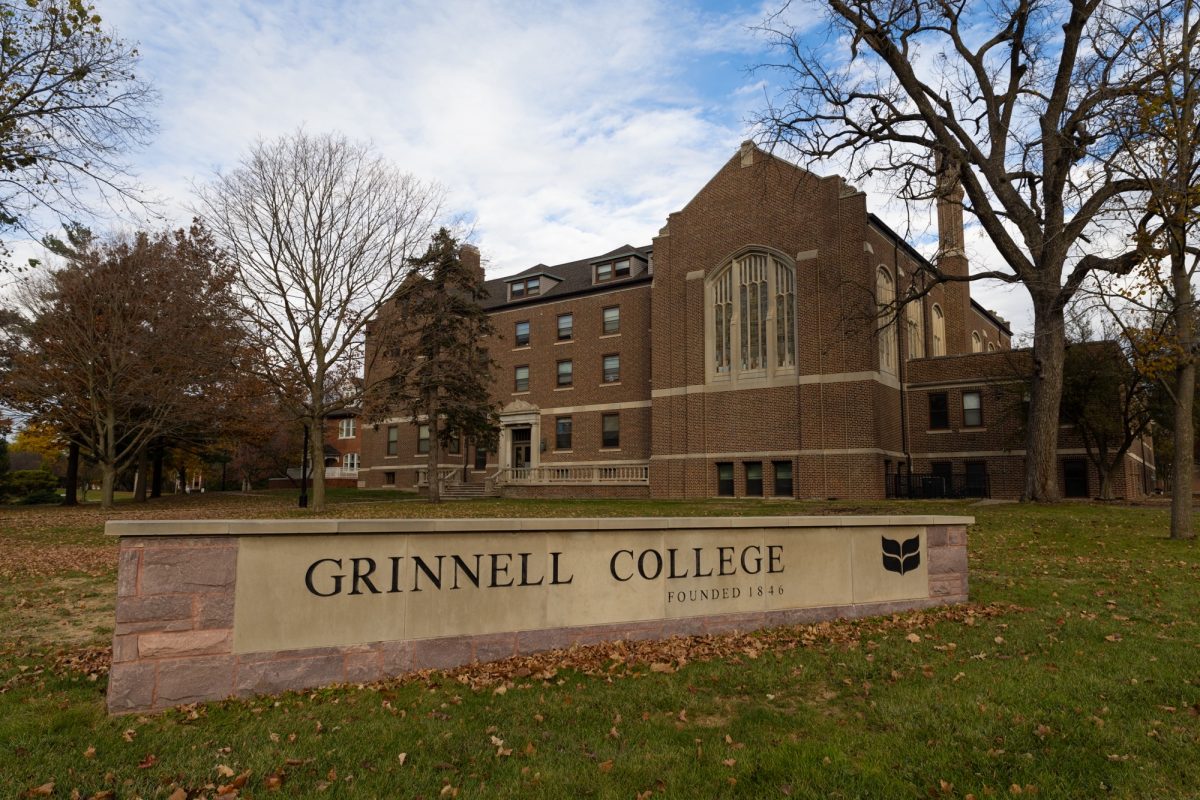After I found out that I had been accepted as a Grinnell Corps Fellow, I spent a lot of time imagining what my upcoming year would be like doing community organizing in Central City, New Orleans. I visualized leading exciting and important campaigns around issues that would change peoples’ lives. Scenes from Myles Horton, Saul Alinsky and Cesar Chavez’s biographies mixed with my own inventions.
My day dreams certainly did not position me as a neighborhood party planner. Yet, three months after I started my fellowship, on Oct. 28, 2010, I was with 40 resident volunteers setting up the “Fall Fun Fest” which was attended by 200 participants. Looking back now, I estimate that about one-third of my full time job was spent building up to that success. I certainly would not have imagined placing that much importance on something so seemingly trivial before I began work here in Central City.
How could a party be so important? Why would a community organizer in a low-income, high-crime, high-blight neighborhood invest so much of her precious time and resources into such a trivial occurrence? These are the questions I found myself asking as the magnitude of the “Fall Fun Fest” planning process became clear to me in early September.
I began to understand the importance of the event as I tried to recruit residents into the planning process. Over and over again, residents told me that a Halloween party would not work here because children had not trick-or-treated on those streets in decades. Residents explained to me that families either stay in for Halloween or go to other, wealthier neighborhoods to celebrate Halloween because they are too afraid of what they perceive to take place on the streets outside their homes. Though they hoped otherwise, few residents believed that any parents or children would actually come out for the event.
Honestly, I was surprised to hear this incredulity. I had always appreciated the lively and communal feel of the neighborhood. While I ride back and forth through the area on my bike, neighbors sit out on each other’s porches chatting and watching folks pass by. In our neighborhood surveys, residents overwhelmingly stated that while they are concerned about crime, they feel safe on their block because they know one another. So why then, when dusk comes, do people perceive their own neighborhood as dangerous?
We place a great deal of importance on perception in our office. We build and sell homes in Central City and we know that people’s perception of the neighborhood is the number one factor in selling those homes. Like many non-profits, we do an annual survey of our service area—the Central City area. But we are less interested in measures of demographics and need than in measures of perception. We ask what the residents think about their neighborhood and measure if that has changed since we began working here. I am learning the complexities of what factors affect neighborhood perception and how perception in turn affects lived realities. Bettering a neighborhood is not as simple as making physical improvements, or even reducing the number of crimes. Currently, there are relatively low rates of violent crime in Central City, especially compared to the years immediately following Hurricane Katrina. Yet people feel unsafe. They question one another’s motives and whether or not another would watch out for them.
I believe that these fears, though they may be inspired by local realities, are fed over time by external negative representations. Central City is a devalued neighborhood. The only time Central City is ever featured in local news is to report a shooting or stabbing. The City’s investments in the neighborhood are few and far between—it is one of the most blighted neighborhoods in the City even though the neighborhood was not badly flooded in Katrina. And Central City serves as a dumping ground for the factories, bars, shelters and other facilities that no one else wants in their own neighborhood. These daily reminders that few people value Central City impact the way that Central City residents value their home community. An older resident who lives in the only occupied structure on her block told me, “All of these abandoned houses make me feel like I’ve been abandoned.” Correspondingly, the external perception that Central City is unsafe makes residents feel unsafe, even if they have experienced little cause to feel that way. Fast food venues will not deliver to these neighborhoods and police officers drive through the area with their lights flashing as a policy. Like these other reminders, the absence of trick-or-treaters for several decades has sent a strong message to residents that their neighborhood is not as good as others.
After the Fall Fun Fest had winded down, I walked the safe trick-or-treating route that circled ten residential blocks. Two hundred children and parents had recently finished walking this route to visit game stations on abandoned lots and safe trick-or-treating homes marked with a fall wreath on each door. House after house, residents came out to hug me and express their surprised delight. Their neighbors had felt safe enough to walk their streets at night and to visit their homes. This new trust boosted the neighborhood’s confidence in its own potential to be a “good neighborhood” in their own and others’ minds. That night, a group of residents approached me as I pulled down some orange streamers from a fence. “Make sure we help with the next event,” they told me. Three months and hundreds of hours of work after I started organizing, a simple 2-hour party had changed residents’ perception of their home. This month we started a Neighborhood Association and decided to throw a Christmas party in December. At the last Christmas Event planning meeting, I knew that change had occurred in these resident-leaders’ hearts and minds when, instead of asking if anyone would come at all, they asked how many hundred participants might attend.



















































